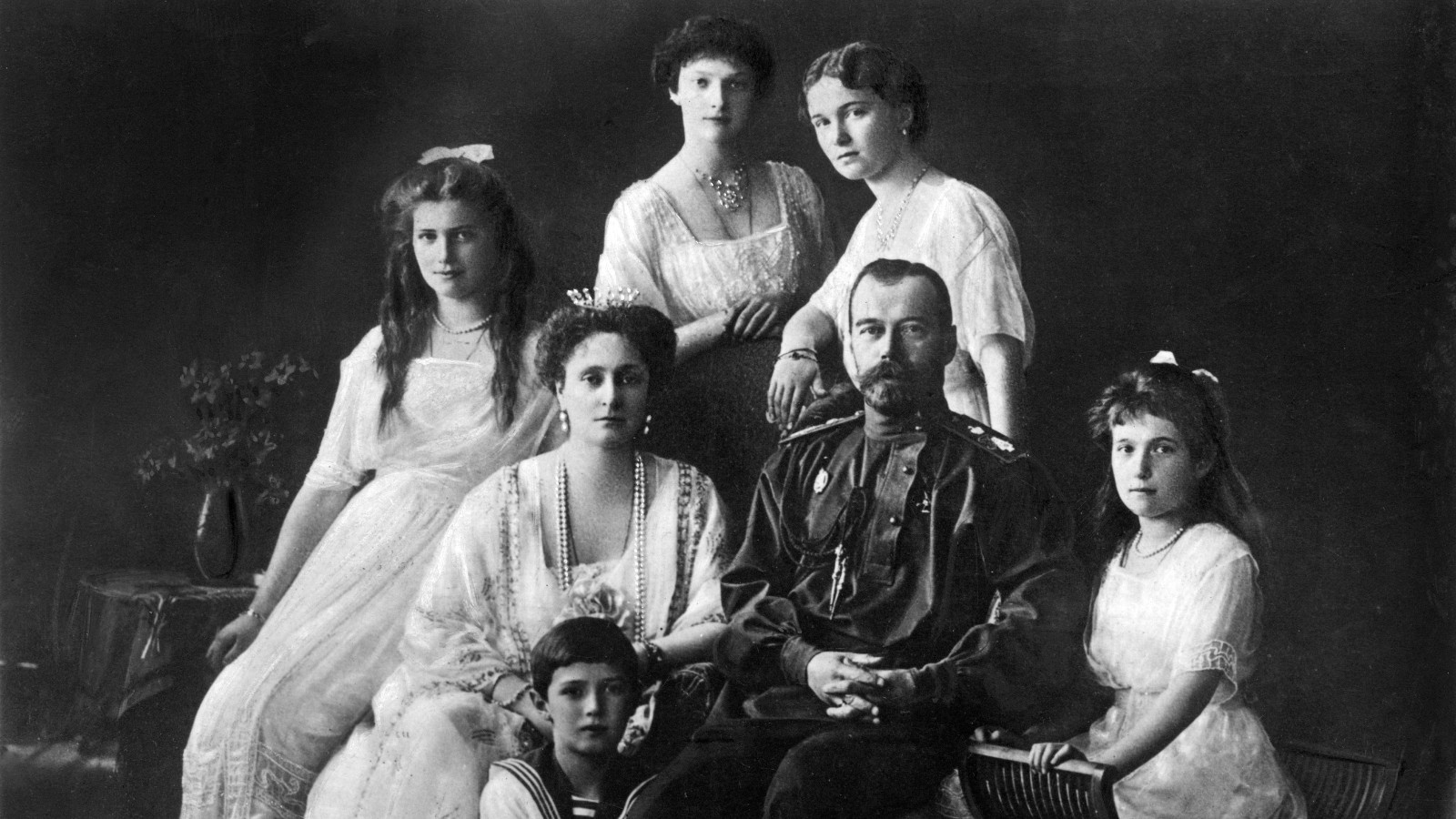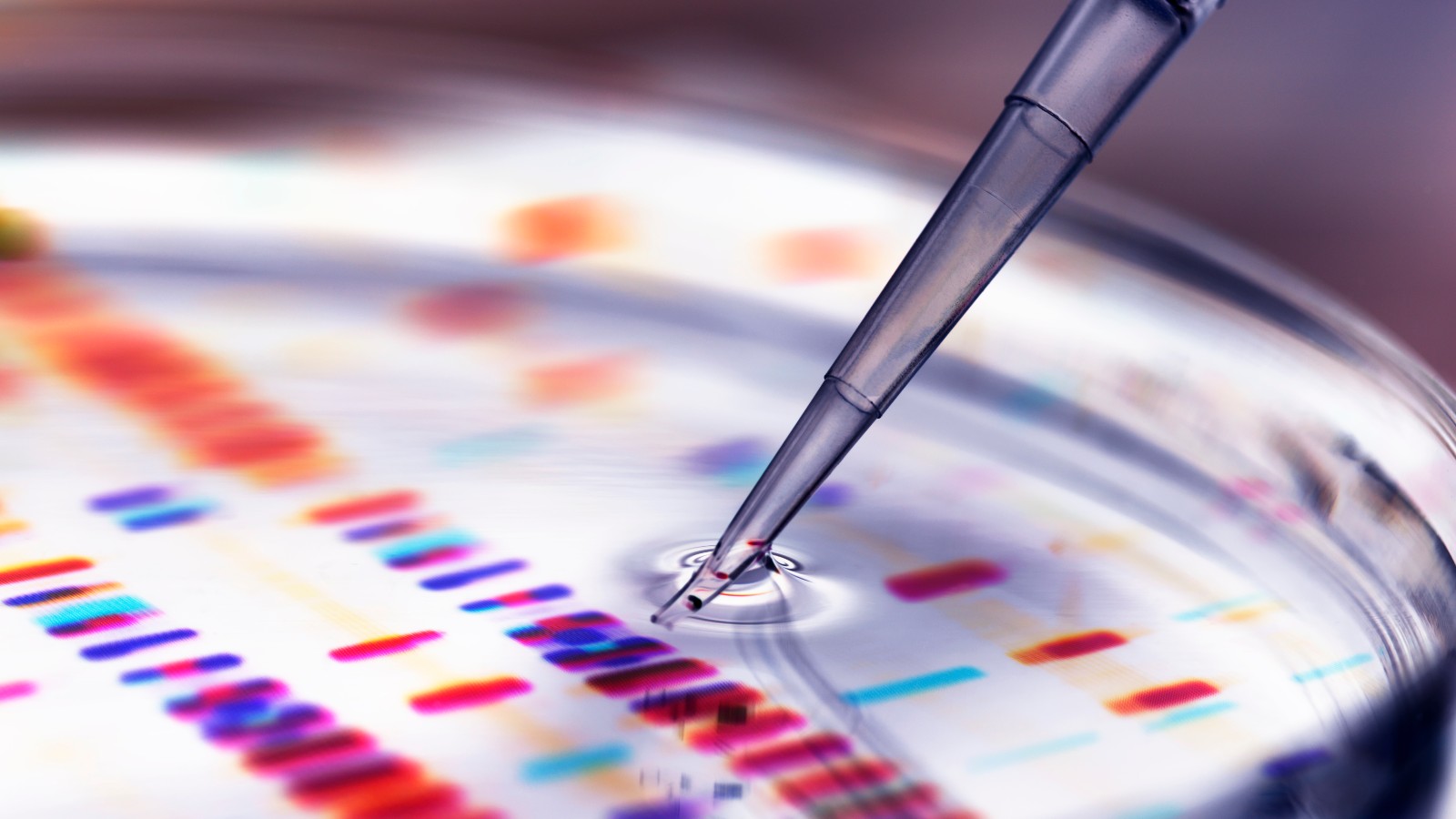How Prince Philip’s DNA once helped solve a Russian Murder Mystery
The Duke of Edinburgh's blood sample helped solve the case after nearly a century of searching for clues


- Prince Philip's DNA was once vital evidence in a murder mystery case
- The Duke of Edinburgh's blood helped solve a case after almost a century of searching for clues
- This royal news comes as Prince William and Kate Middleton honor Prince Philip with touching photograph
Prince Philip's blood helped police solve a Russian murder case after almost a century of searching for clues.
A blood sample belonging to the Duke of Edinburgh helped solve a 1918 murder investigation into one of the most infamous murders and brought to an end three centuries of Romanov rule in Russia.
For decades mystery surrounded the killings of Tsar Nicholas II and members of his imperial family in the central Russian city of Yekaterinburg. The remains belonging to the last Tsar, Tsarina Alexandra, and three of their five children, were found in a shallow grave in 1991.
The forested site had been discovered by local geologist Alexander Avdonin a decade earlier but has kept it secret until the fall of the Soviet Union but on revealing the original mass grave, two children were missing. This fuelled speculation that the youngest Romanov daughter, Anastasia, had survived the execution as they were later found in 2007 in a second burial site close by. But after nearly a century of searching for clues, investigators working on the case were able to solve the case thanks to Prince Philip's DNA.
- best Kindles - to help you decide which one to buy
- best pillows -for a comfortable, pain-free night’s sleep whether you’re a back, side or stomach snoozer
- best induction pans -thoroughly tested, durable induction pans and sets for enthusiastic cooks

What happened during the 1918 murder of Tsar Nicholas II and members of his imperial family?
On the evening of 16th July 1918, Tsar Nicholas II and members of his imperial family were ordered to go into the cellar of their house where they were shot and killed. Those who survived the gunfire were said to have been knifed to death. Nine groups of bones found at the site were analyzed by Investigator Dr. Peter Gill, an expert in genetics at the Forensic Science Service, and DNA was extracted.
But it was the remains of what was believed to be the Tsarina and three children and a blood sample from the Duke of Edinburgh, who was a direct descendant of the Tsarina's sister which established a match using Prince Philip's DNA.
In a 2018 blog post, Dr. Gill, who was now a professor of forensic genes at Oslo University, explained, 'To determine if the remains belonged to the Romanovs, we needed to compare them to samples from verified relatives. We were fortunate to obtain blood samples from HRH Prince Philip, Duke of Edinburgh, who is a direct descendant of the Tsarina Alexandra. Samples were also obtained from the Duke of Fife and Princess Xenia Cheremeteff Sfiri, who are related to the Tsar.
Sign up to our free daily email for the latest royal and entertainment news, interesting opinion, expert advice on styling and beauty trends, and no-nonsense guides to the health and wellness questions you want answered.
“The remains matched their living royal relatives and we, therefore, knew we had found the bones of the Romanovs."

How was Prince Philip's DNA pivotal in the Russian murder mystery investigation?
The DNA match gave investigators irrefutable evidence to show that all five children had indeed died with their parents at the hands of Bolshevik revolutionaries.
But some scientists were sceptical about the results, claiming the difficulty of obtaining DNA from old remains and a very small section of the Tsar's DNA sequence didn't match his living relatives.
As a result, the investigators worked for another year to verify their findings.
Dr Gill added, 'A number of different groups of scientists in the USA and Russia worked to confirm or discount our results. One group even exhumed the body of the Tsar’s brother, George, from the St Petersburg cathedral. But each new test confirmed our original findings.'
The whole case helped to create the UK national DNA database and sped up the development of new methods for forensic testing with small samples of DNA. These methods are used around the world in forensic investigations by the police and have been used to solve thousands of criminal cases.
Selina is a Senior Entertainment Writer with more than 16 years of experience in newspapers and magazines. She has covered all things Entertainment for GoodtoKnow, Woman&Home and My Imperfect Life. She has also worked as Senior Family Writer for GoodtoKnow. Before joining Future Publishing, Selina graduated from the University of Sheffield in 2006 with a degree in Journalism. She is fully NCTJ and NCE qualified and has 100wpm shorthand.
